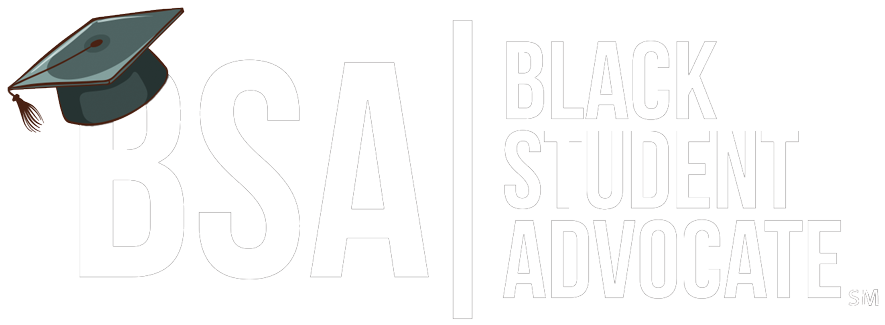
The Undeniable Impact of Cyber Bullying in Schools
Cyberbullying in schools has become a prevalent issue in today’s digital age. With the widespread use of technology and social media platforms, students are increasingly

The Black Student Advocate Network
Because the Black Community Has Always Needed An Advocate to Earn an Education
WE ARE THE INDUSTRY ORIGINATOR
Call For Consultation
(833) 925-1957

Cyberbullying in schools has become a prevalent issue in today’s digital age. With the widespread use of technology and social media platforms, students are increasingly

In today’s digital age, cyberbullying has become a pervasive problem that affects many children and young people. Cyberbullying refers to the use of electronic communication

Cyberbullying has become a widespread issue in schools across the country. With the rise of social media and online communication, students are more vulnerable to

Cyber bullying has become a major concern in schools across the country. It is a form of bullying that uses electronic devices, such as computers,

Cyberbullying has become a prevalent issue in schools today, with an increasing number of students being targeted online. Schools must find effective strategies to combat

Cyberbullying has become a pervasive issue in today’s digital age, and its impact on mental health cannot be ignored. The Black Student Advocate Network (BSAN)

Cyberbullying is a growing problem in schools, with Black students often being disproportionately targeted. To address this issue and advocate for the rights and well-being

Bullying is a prevalent issue in today’s schools, and it affects students from all backgrounds. However, minority students, particularly Black students, often face unique challenges

Cyberbullying is a pervasive issue that affects individuals of all ages and backgrounds, but it can have an incredibly detrimental impact on black students. The

| |||||||||
| Sun | Mon | Tue | Wed | Thu | Fri | Sat | |||
| 1 | 2 | 3 | 4National Parent Support Group Weekly Call from 7:00 PM to 8:30 PM | 5 | 6 | ||||
| 7 | 8 | 9 | 10 | 11National Parent Support Group Weekly Call from 7:00 PM to 8:30 PM | 12 | 13 | |||
| 14 | 15 | 16 | 17 | 18National Parent Support Group Weekly Call from 7:00 PM to 8:30 PM | 19 | 20 | |||
| 21 | 22 | 23 | 24 | 25National Parent Support Group Weekly Call from 7:00 PM to 8:30 PM | 26 | 27 | |||
| 28 | 29 | 30 | 31 | ||||||
Share This Page